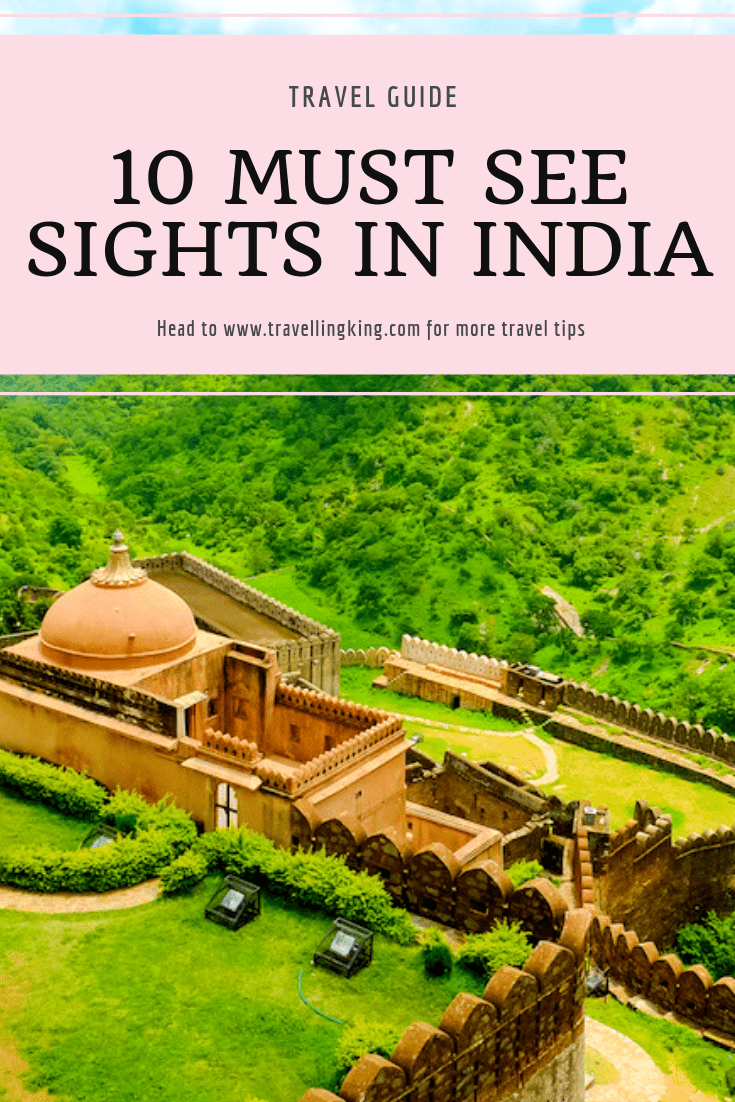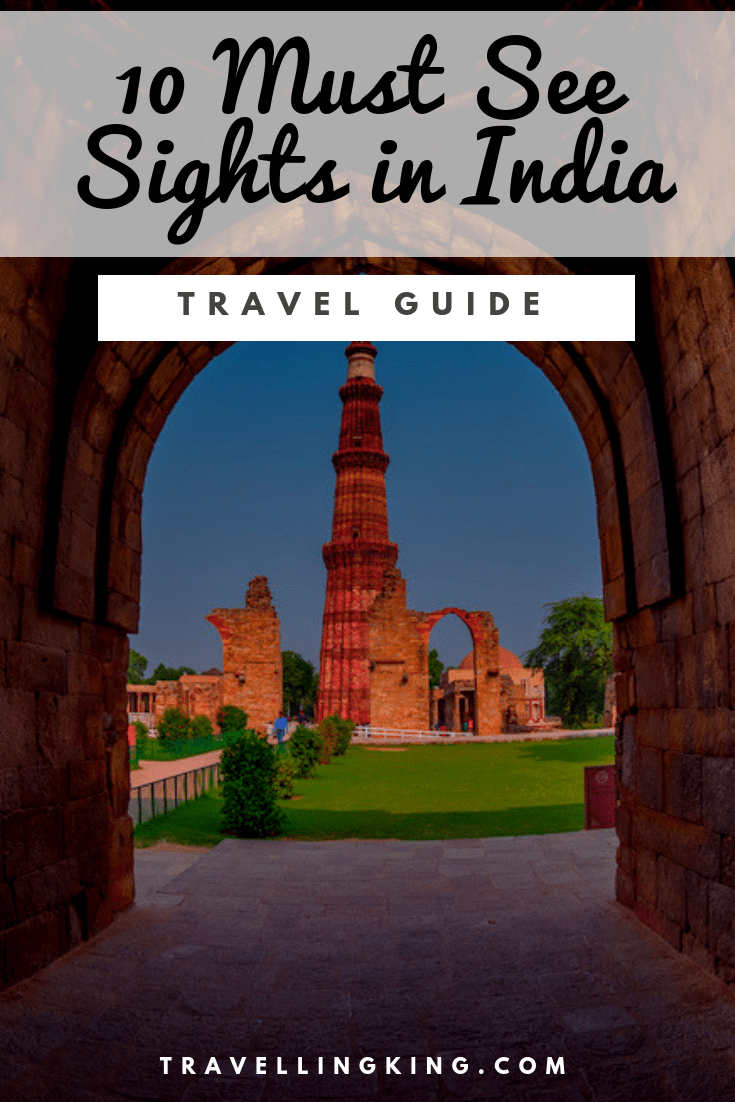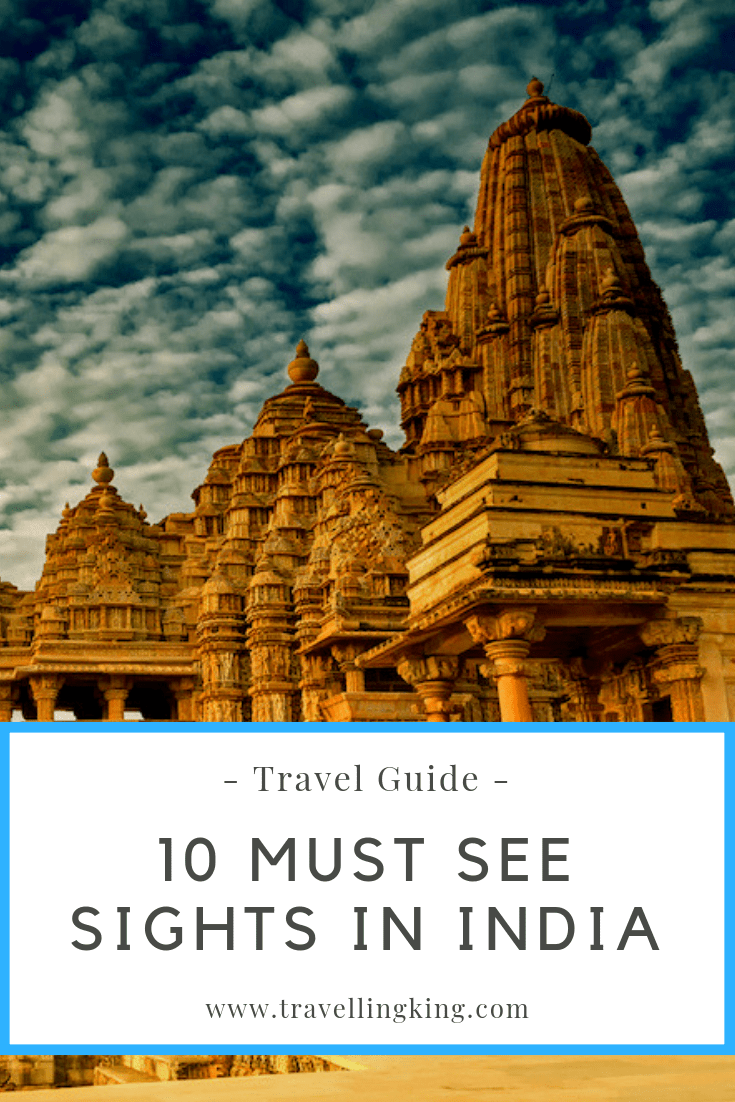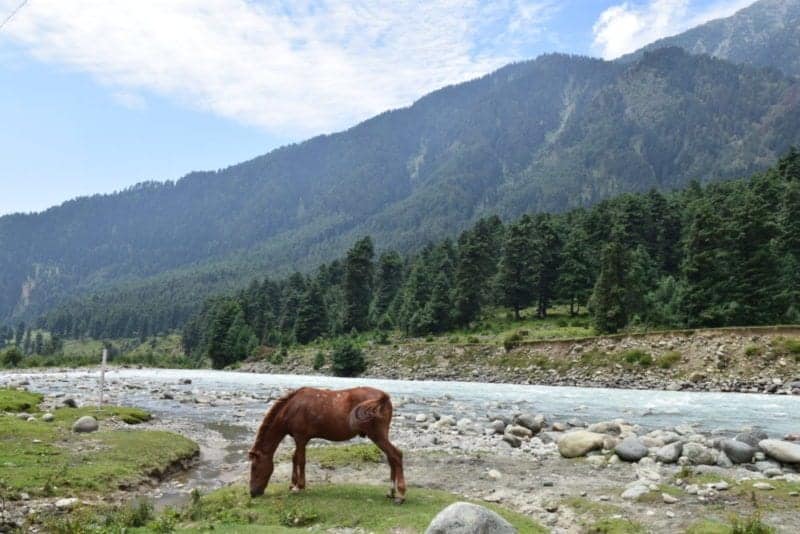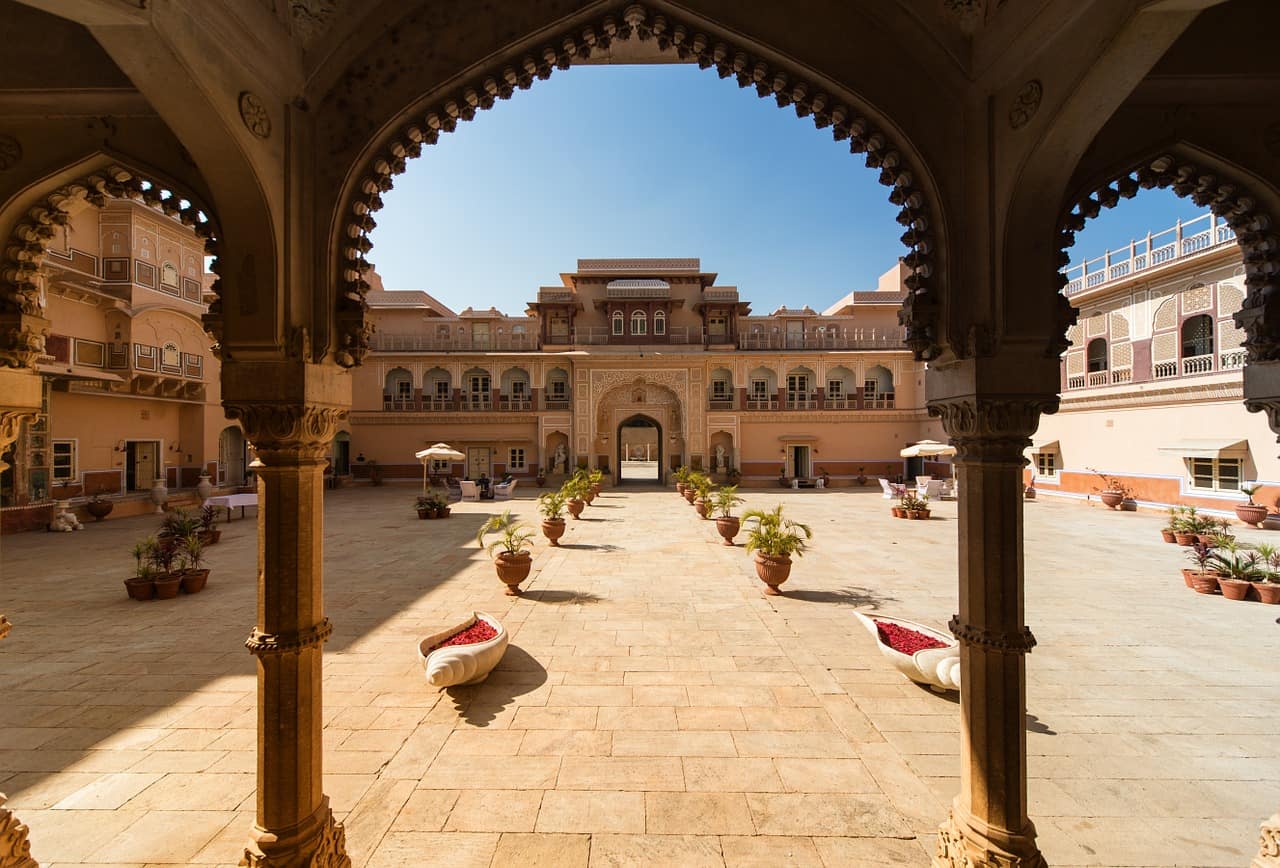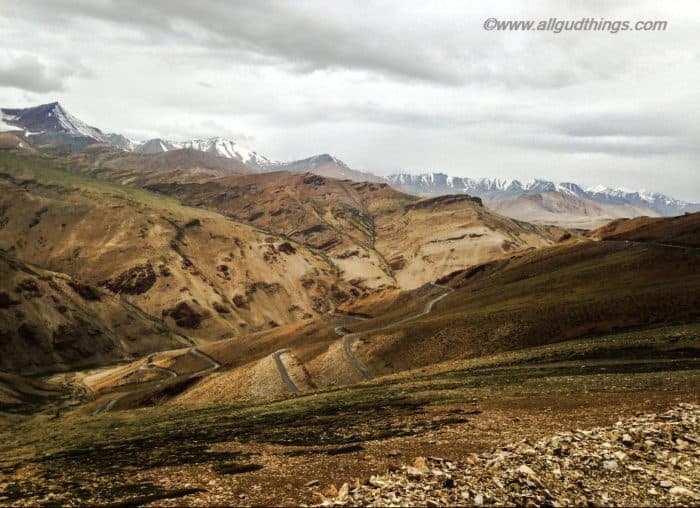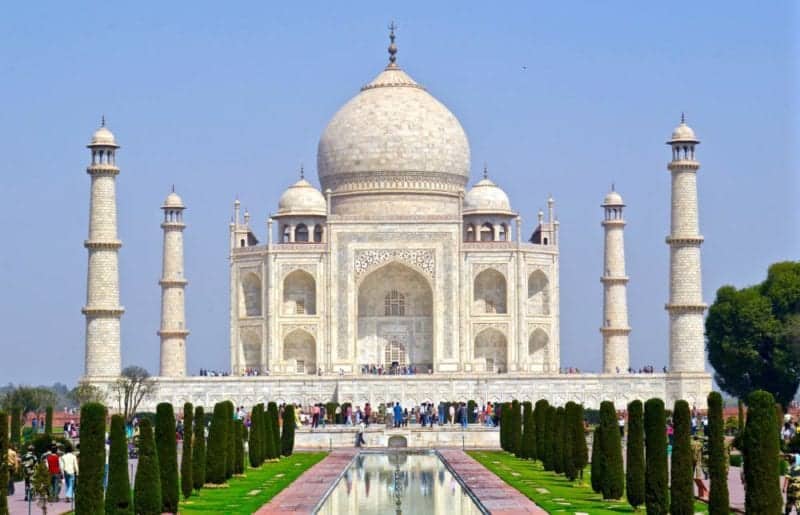10 Must See Sights in India
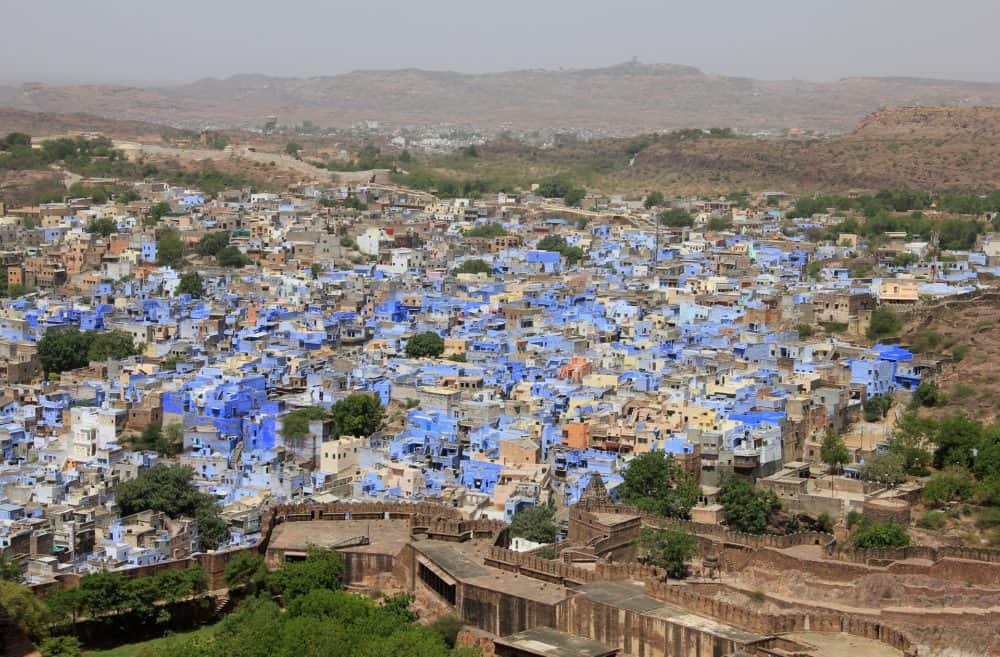
Nothing can quite prepare you for your first trip to India. This country has it all, from massive metropolises like New Delhi or Mumbai to serene natural settings like the Nubra Valley or the backwaters of Kerala.
One thing is for certain, you will never feel bored in this eclectic country. Along with its rich culture, there are countless world heritage sites, national parks, and religious sites to visit.
India gives travelers so much more than other traditional tourist spots. There is something inexplicable about this place that brings travelers back time and time again, wanting to dive deeper.
Plan your trip
Save on fees abroad with the Wise Card—use it at ATMs, restaurants, and for flights or hotels in over 150 countries. Manage 40+ currencies in real-time with the Wise app.
Need Help Planning?
- Cheap Flights: Find the best deals.
- Accommodation: From hostels to luxury stays.
- Car Rental: Affordable options worldwide.
- Sightseeing Tours: Explore without breaking the bank.
- Travel Adapter: One adapter for all your needs.
- Travel Insurance: Don’t risk it—stay covered.
This post includes affiliate links. Read my full disclosure and content policy.
Arriving in India
In order to travel to India, you must apply for a visa. This can be surprising to people, even veteran travelers, but the process is very simple and can be completed online.
Once permitted, the tourist visa will last for 6 months. It’s most likely that you will be landing in New Delhi, home to India’s largest airport, Indira Gandhi. If you’re heading into the city, taking an official taxi is the easiest way to ensure that you will arrive at your destination safely.
You will see many different people competing for your business, but using an official taxi stand inside the airport will take the stress away.
If you have a connecting flight, feel free to ask the airport employees for assistance! One great thing about India is the fact that so many people speak English.
Language in India
Yep, you read that correctly! Most of the people that work in the hospitality and tourism industry in India speak English.
Like other countries, you will find it easier to find English speakers in larger metropolitan areas as opposed to more remote, off-the-beaten-path destinations. In the country, there are 22 major languages, with the largest being Hindi.
Being able to greet a stranger with “Namaste”, which means hello, goes a long way in earning the respect of locals. Try and learn a few phrases before your trip, but be assured that the language barrier in India is nothing to be afraid of.
Transportation in India
When one of my friends returned home from traveling around India for a few months, he said that the country is “awkwardly convenient”.
He followed by explaining that Indians simply do what they want when they want, and you must be prepared to nudge your way onto whatever form of transportation you need to take.
While transportation may not be the most comfortable or luxurious, you will always be able to find a way to arrive from point A to point B.
Like other Asian countries, the rickshaw or tuk-tuk is king in navigating urban areas. You should always establish a fare before agreeing on a ride.
When traveling from one city to the next there are three options– train, bus, or airplane. The most common way to travel from one city to the next is on the bus.
You can buy a ticket last minute and will typically find a wide variety of options, from comfortable overnight “sleeper” buses to crammed micros. Another option in traveling around India is the train. The country’s rail network is expansive and easy to navigate.
When buying tickets, you will see that there are often many different classes to choose from. This makes it easy to travel on a budget if you are willing to sacrifice comfort or enjoy a good night sleep in a comfortable bed for those willing to pay.
Finally, India’s domestic airlines are by far the easiest way to go from one side of the country to the next. India is massive, and paying for a flight after a few weeks of ground travel is totally worth it.
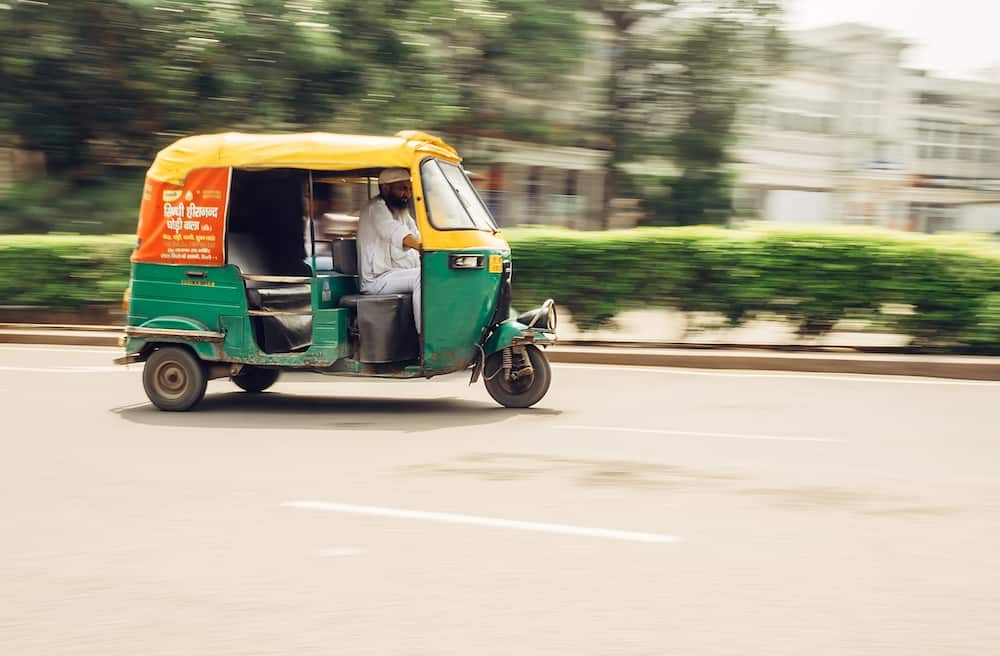
Accommodation in India
India is modernizing quickly and using Airbnb in major cities is an easy way to find accommodation appropriate to your taste. Another popular thing to do in India is a dharamshala or homestay.
Indians take great pleasure in having guests stay with them, and they will go out of their way to make your experience as memorable as possible.
A homestay can be organized with different tourist agencies all around the country. The best part about homestays?
The home cooked meals of course! In regards to other forms of accommodation in India, I recommend doing your research.
There are typically many different options available no matter where you may be, and staying at a hip ecolodge is much preferred to staying in a traditional backpacker’s hostel. Doing your research beforehand is the easiest way to find accommodation that fits your traveling style.
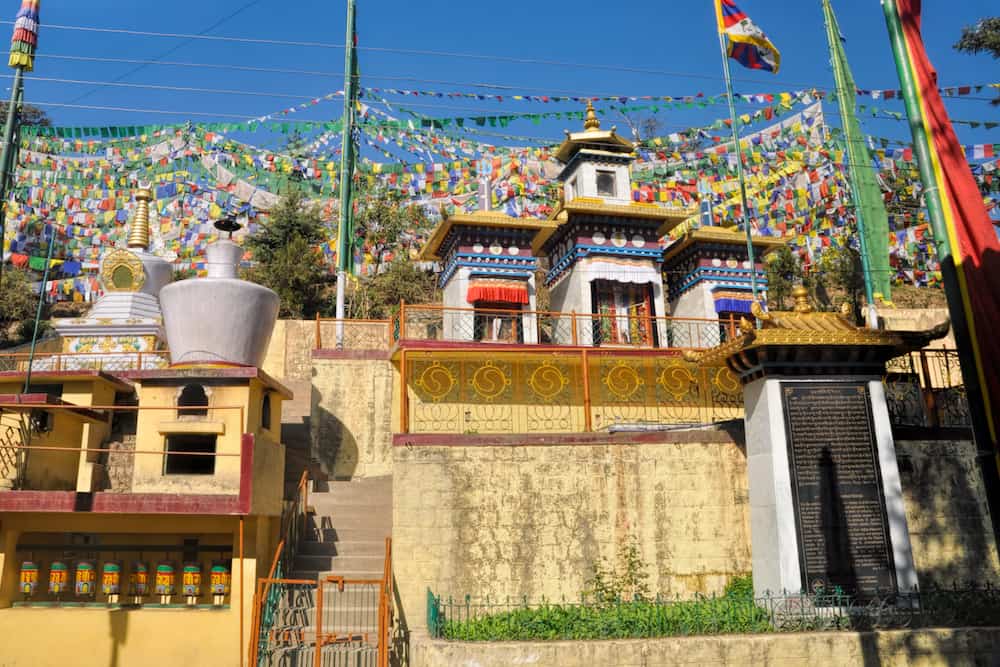
Currency in India
The official currency of India is the Rupee. In major cities, you will be able to use your credit or debit card but expect a minor international transaction fee. I have always found that withdrawing rupees from the ATM to be safe and convenient.
I recommend calling your bank beforehand so that you are familiar with the different fees that come international withdrawals. Finally, small bills are your best friend in India! It can often be difficult to find someone who will have the change to break your large bills.
The best way to break them is at the supermarket or a larger department store. It’s always good to be conscientious of the bills that you have so you can use them strategically.
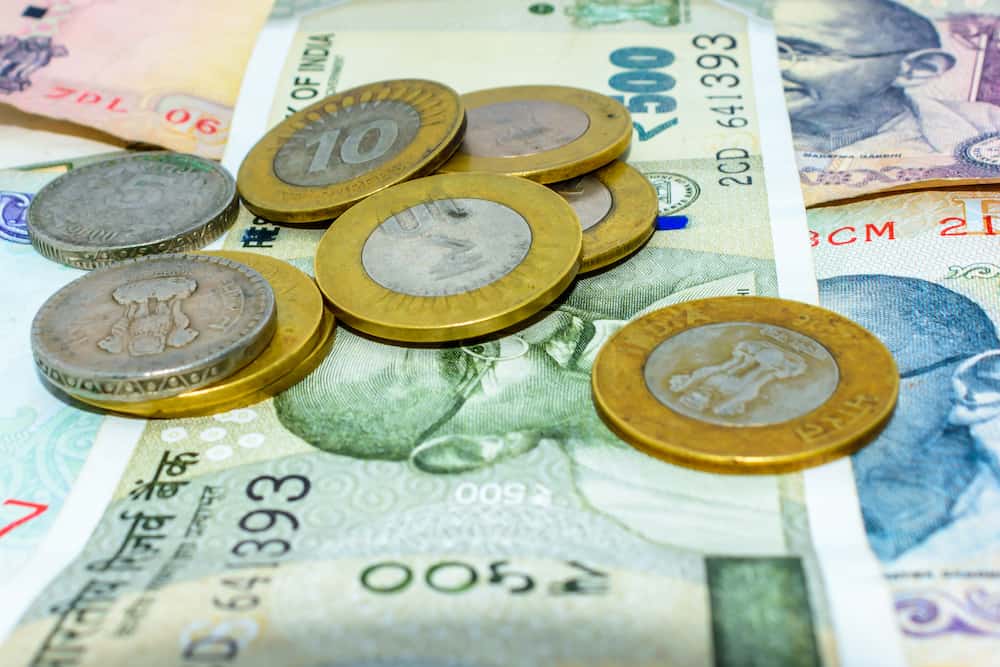
Weather in India
The best time to visit India is between October and March. From March to September, India is hot and wet. The monsoon season can ruin travel plans really quickly, so I always recommend that people try and travel in India when the weather is best.
Good weather also makes the national parks in India much more enjoyable. No matter when you visit India though, be prepared for some heat!
Food in India
Similar to the weather, you will want to prepare for some heat when eating Indian food. If you aren’t very tolerant of spice, I recommend starting off by asking your waiter or waitress if they can leave out the chili.
Don’t be alarmed though, there are so many different foods to try in one of the world’s most renown gastronomic countries. You can grab a bit to eat just about anywhere in India, where street food stands compete for space outside of high-end restaurants.
The food is also different from region to region, but most meals include rice, a sort of meat or fish, chutney, and fresh fruit or vegetables.
Flatbreads typically accompany the meal and are used to soak up the rich yogurt sauces. For snacking, chaat is served on the streets and in restaurants. One thing is for certain, you will never be bored eating in India.
However, it is important to gauge how food will be prepared before you decide on eating it. I’m sure all of your friends who have traveled to India before have warned you, and I implore to take their advice seriously!
That being said, you will definitely be pushed outside of your culinary comfort zone. Bon appetit!
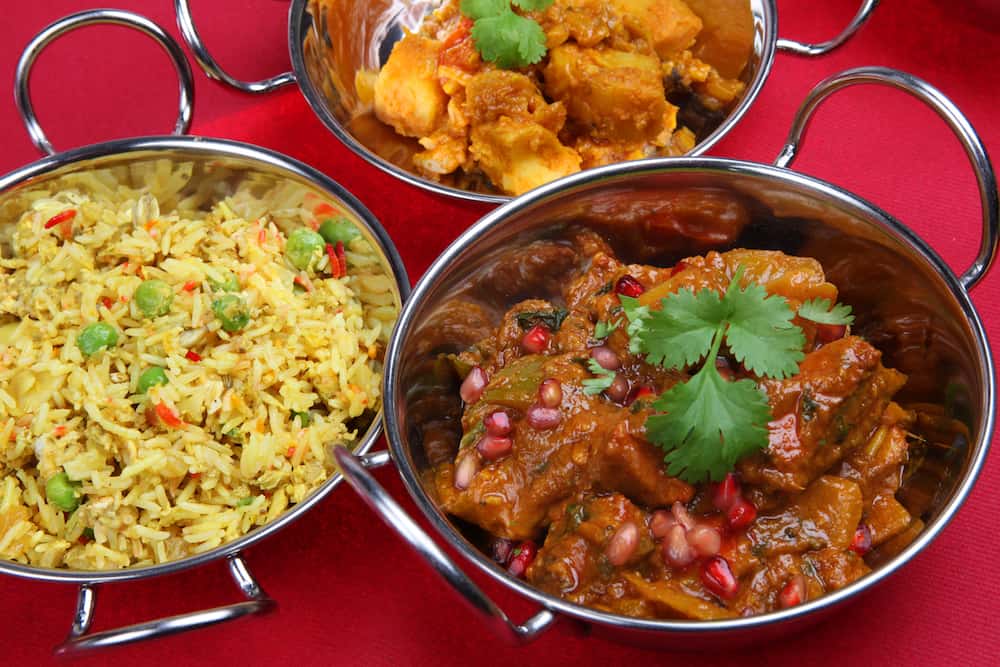
Safety in India
For as in-your-face as India is, its a pretty safe place to travel. You should follow the typical precautions that you take when traveling abroad, and especially avoid walking around alone at night.
Beggars can be very persistent in their efforts, but if you are able to remain calm in dealing with them, you will have not have any problem.
Finally, I recommend arriving at new places during the day instead of at night. This allows for you to get a feel for the place in a much less risky situation.
10 Must-See Sights in India
Taj Mahal
The Taj Mahal is the most visited tourist site in India and one of the most visited attractions in the entire world. This mega-palace was finished in 1648 and declared a UNESCO World Heritage Site in 1983.
The Taj Mahal is a functional mosque, which is important for two reasons. First, you should dress modestly when planning to visit. Second, the building is closed for religious services on Friday’s.
If you want to really dive in and learn about the Taj Mahal, I recommend doing a tour. There are many that are based in Agra, but you can also do a day-trip from New Delhi.
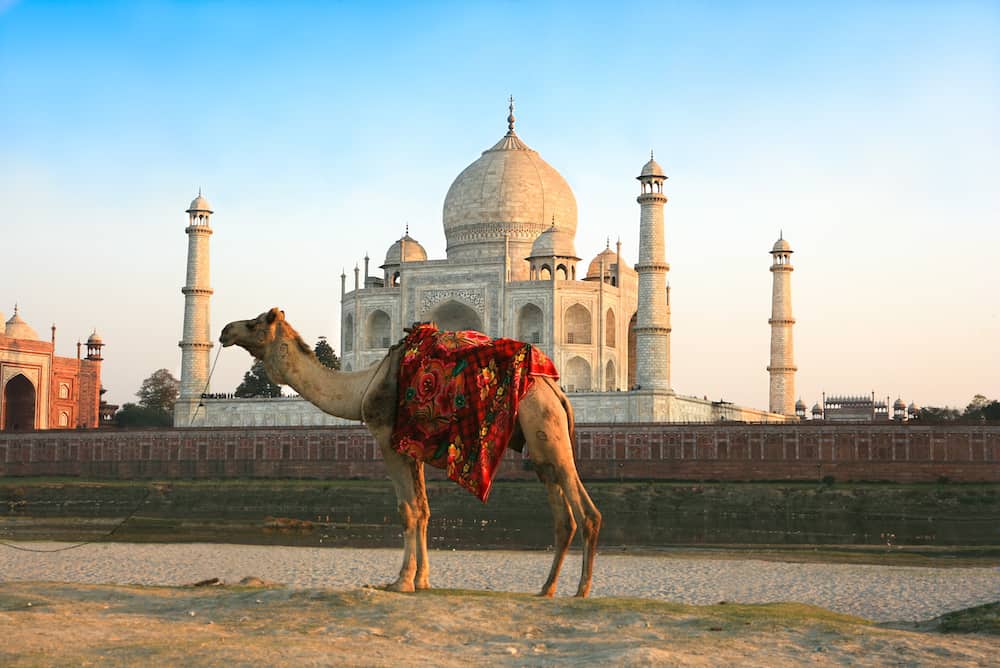
Ajanta Caves
India is a very diverse religious country. While Hinduism is said to be the largest religion, Islam and Buddhism have great histories in the country.
The Ajanta caves are a great place to learn about the history of Buddhism in the country. These 30 caves served as the home to Buddhist monks from 200 BCE to 400 AD. The caves are famous because of magnificent frescos that adorn the ceilings and walls of the caves.
Ajanta is a two-hour drive from Aurangabad, where you can catch a round-trip bus to make the visit in a single day. Finally, I recommend hiring a guide upon your arrival at the caves.
It made our experience so much more memorable as we were able to learn about the whole context of the caves.
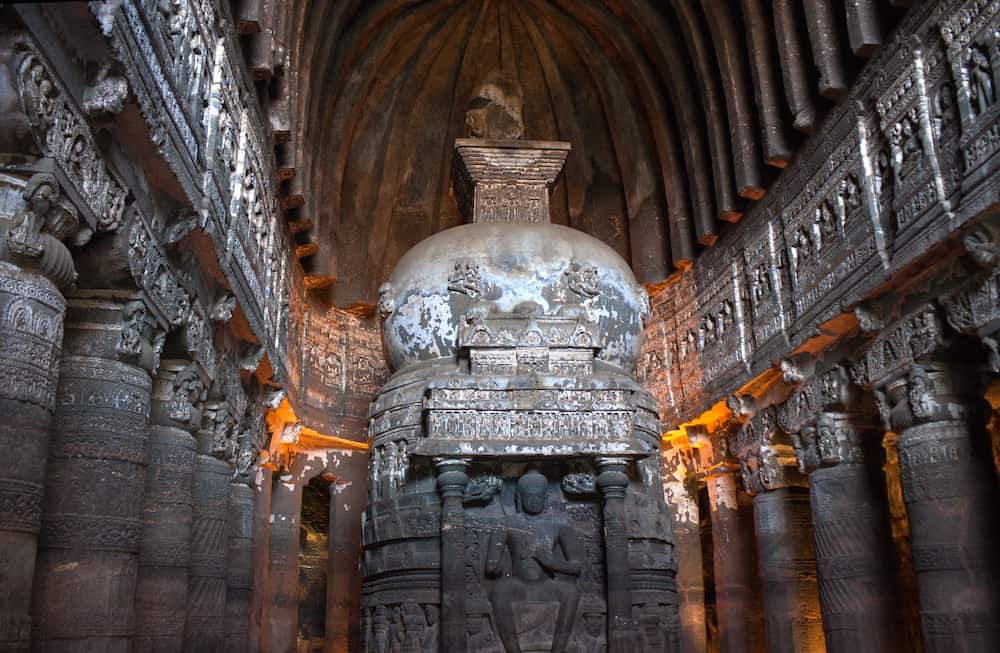
Great Himalayan National Park
India has plenty of religious monuments to fill up your itinerary, but I highly recommend taking the time to visit some national parks. One of the most spectacular ones is the Great Himalayan National Park.
The park is most conveniently accessed from Joginder Nagar by rail, and its remote location is such a sign of relief after spending time in India’s crowded cities. There are a few places to stay inside the park, but most guests prefer to do a trek of some sort.
If you are an outdoorsy person, the biodiversity of this national park will leave you in awe. In fact, you will probably end up spending much more time than you had originally planned.
There is also rock climbing to be done for those more adventurous travelers.
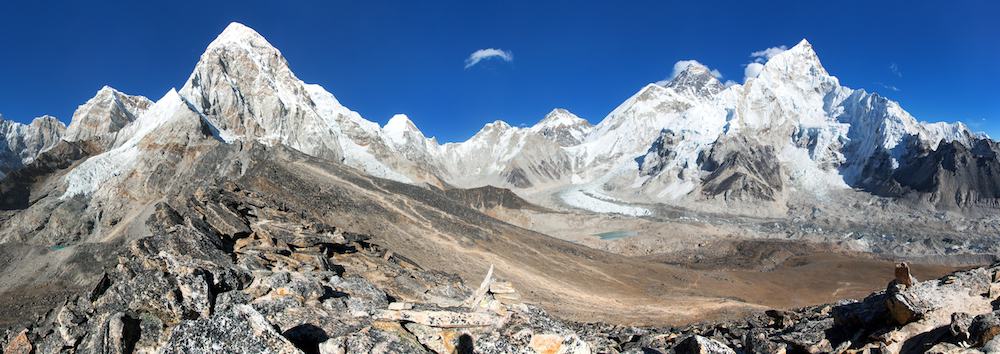
Hill Forts of Rajasthan
The Hill Forts of Rajasthan is one of the most recent places to be declared a UNESCO World Heritage site. The forts were strategically built into the side of a mountain in order to best defend the ruling Rajput caste.
The forts were first constructed in the 7th century, but were continually expanded over the next 10 centuries. It’s important to recognize that these forts are massive and there are multiple forts to be visited.
Each fort requires a different itinerary, and it’s important to plan out your visit ahead of time. These forts are exquisite and awe-inducing, not just because of their size but because of the intricate detail of the architecture.
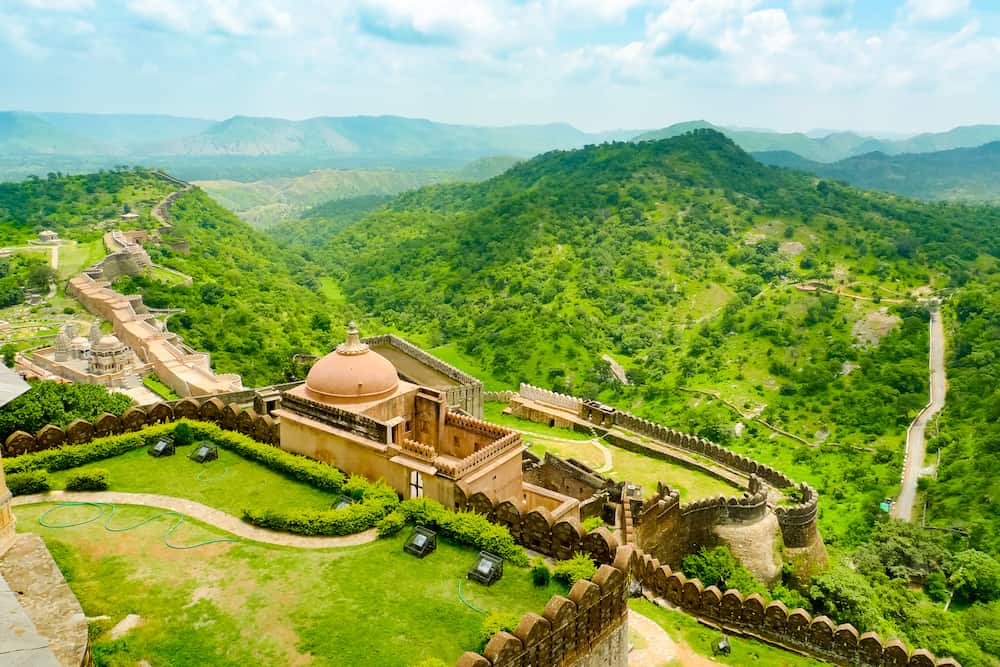
Khajuraho Temples
I’ve already mentioned a few different religious sites to visit in India, but the Khajuraho Temples is one of the only places in India to see Jain, Buddhist, and Hindu temples all in the same location.
This UNESCO World Heritage site is demonstrative of the attitude India’s religious have of one another– an attitude of tolerance and respect.
There are beautiful images of different gods and goddesses inside the temples, and there is also a large collection of erotic sculptures. Finally, these temples are some of the most well-preserved of ancient times.
Arriving in Jhansi is the best and most convenient way to come and explore the temples. I recommend planning to spend a whole day here!
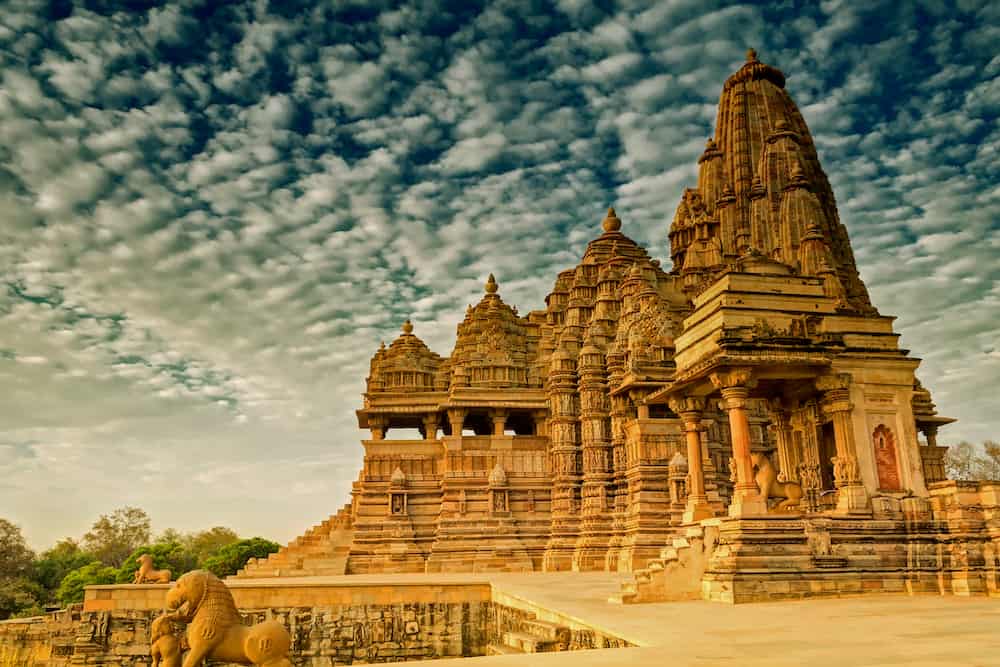
Hampi Monuments
The group of monuments at Hampi is one of the most important World Heritage sites in India. This settlement was home to one of the largest civilizations in India, and it grew in size from 2 BCE until 1600 AD.
The monuments are very extensive and are home to military forts, temples, and bazaars. There is an archaeological museum within the complex which details the complex history of the site.
Today Hampi is a laid-back village and can be easily accessed from Bangalore or Goa. Try and catch the sunset over the ruins from one of the hills bordering the town!
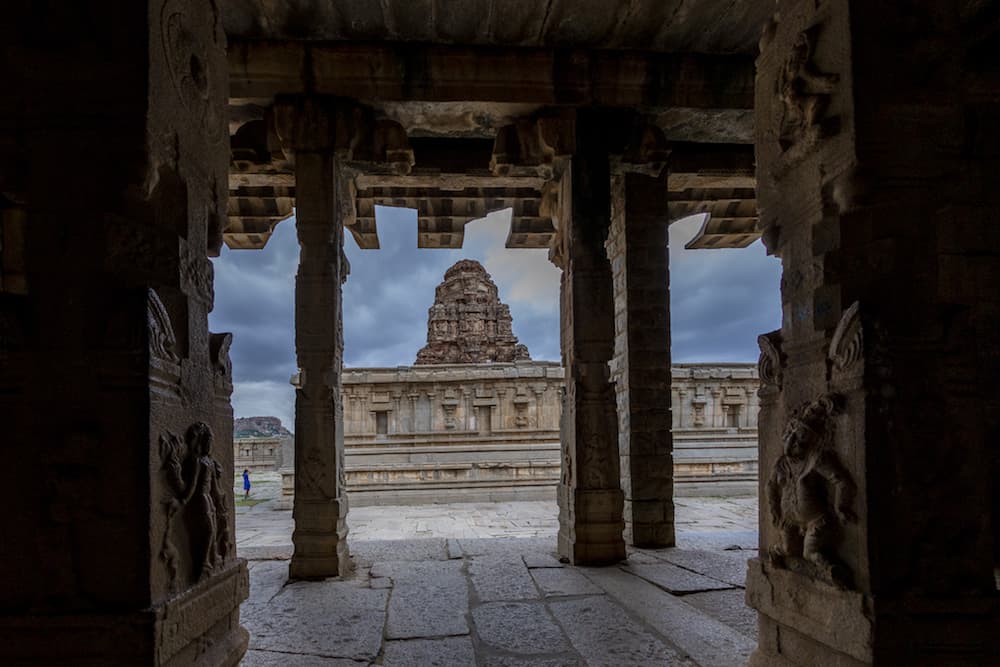
Dudhsagar Falls
These falls are a great place to spend some time unwinding from the crowded streets of India. Situated in between a sanctuary and a national park, there is enough to do in this area of India to keep you busy for a few weeks!
At 309 meters, Dudhsagar Falls is actually the tallest waterfall in India! This four-tiered waterfall can be accessed by a 10km trail. You can walk, bike, or just take a bike taxi if you aren’t feeling up for the trek.
The view from the watchtower is spectacular, and this place is bound to be one of your highlights of India.
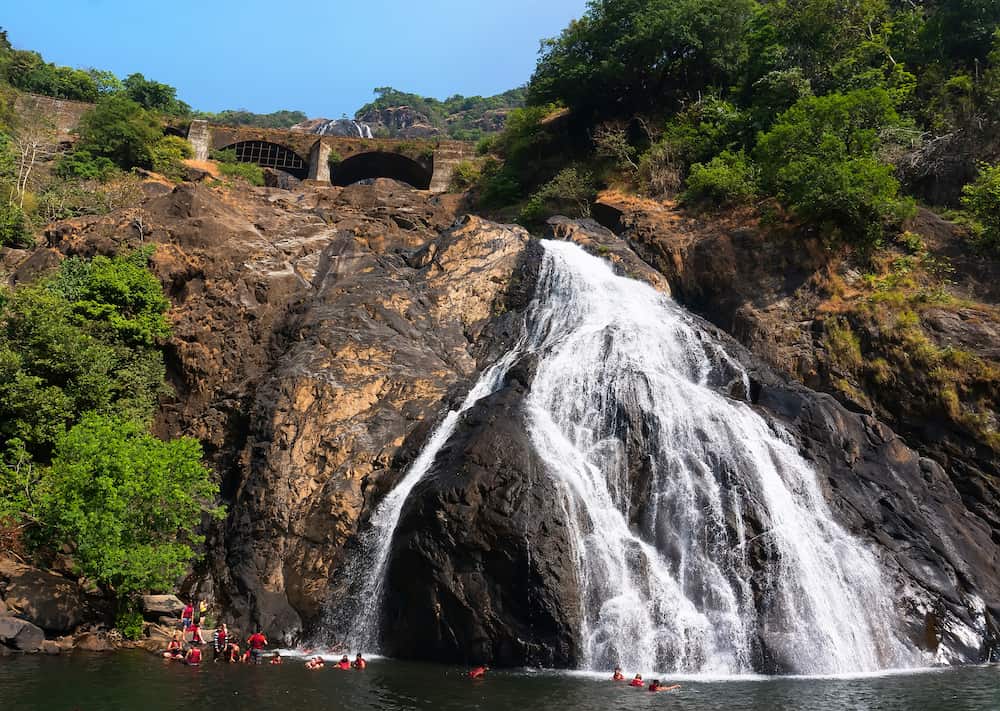
Qutub Minar
Qutub Minar is the world’s tallest brick minaret, standing tall at 73 meters. In fact, it’s the single tallest tower in India!
The minar was constructed to celebrate the reign of the Muslim empires in Northern India. The minar is not the only thing to see at this site outside of Delhi.
The Qutub complex includes the Iron Pillar of Delhi, Alai Darwaza, and the Tomb of Ilutish, just to name a few of the more popular spectacles. This complex has got to be in your New Delhi itinerary!
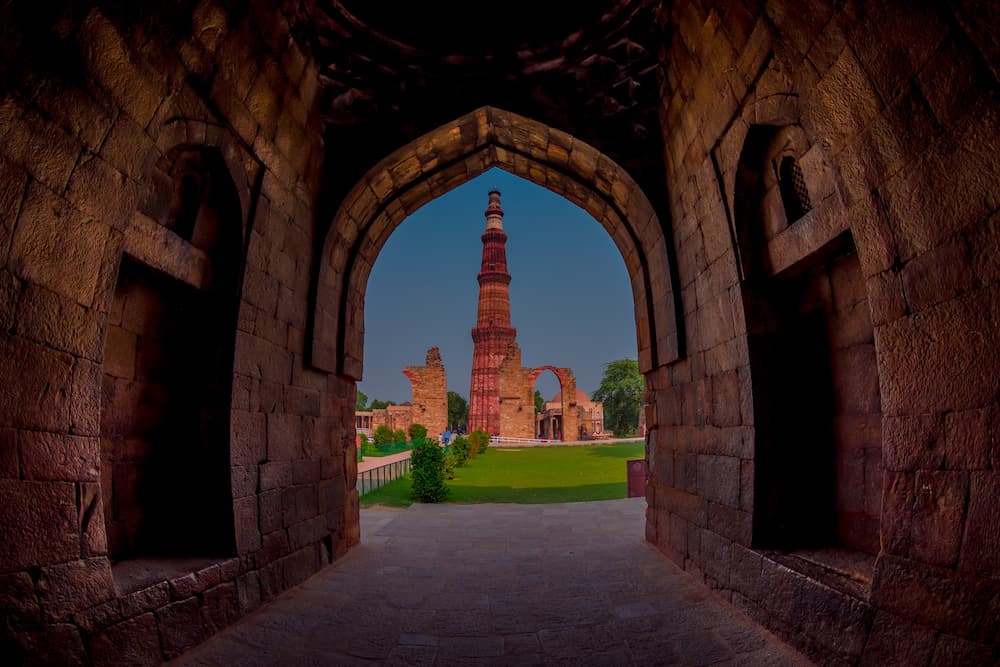
Corbett National Park
Want to see some tigers or leopards? Go and visit Corbett National Park, India’s oldest national park. It is also the only tiger reserve in India to offer accommodation in its grounds.
Nature lovers and animal spotters will have their hands full here, as there are elephants, leopards, tigers, and otters to just name a few animals.
There are also 600 different types of birds that inhabit this wildlife reserve. There are four different safari zones from where you can depart, and each has their own perks.
Plan accordingly and you will be showing your friends pictures for years to come. A safari is always an unforgettable experience.
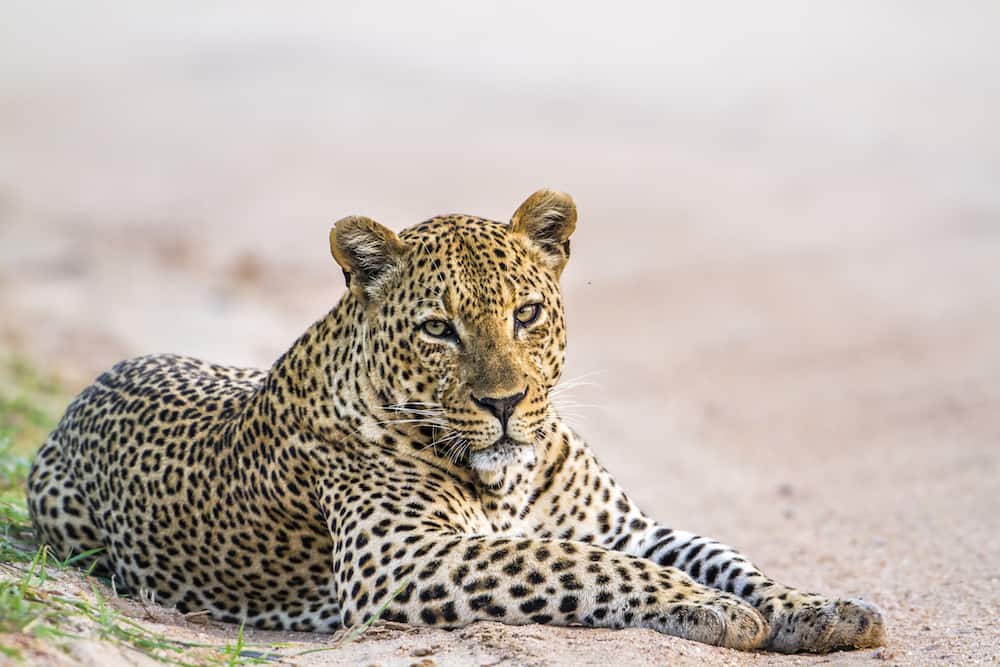
Konark Sun Temple
Rounding out the list of ten places to visit in India is the Konark Sun Temple, another UNESCO World Heritage site. It is designed to replicate a 24-wheeled chariot, with each of the wheels measuring about 4 meters in diameter.
The temple is dedicated to the sun god Surya, and each of the wheels is a functional sundial. The Konark Sun Temple is definitely out of the way of the typical tourist trail, but it is worth the trip!
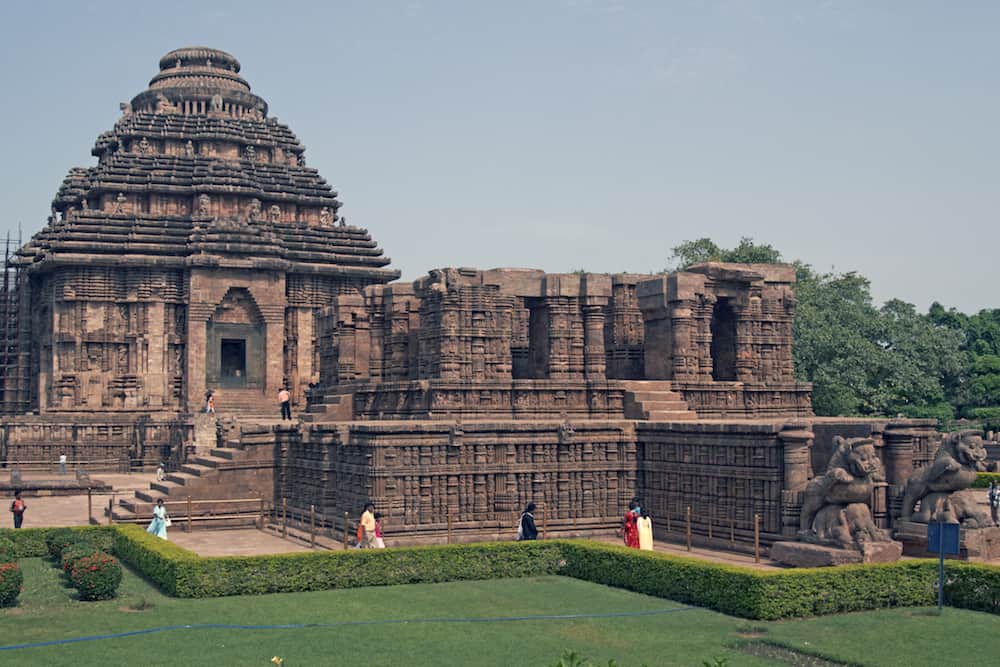
Recommend budget tours in India:
- Private Taj Mahal at Sunrise and Agra Day Tour from Delhi
- Private 3-Day Ranthambore National Park Tour from Delhi
- 3-Day Private Golden Triangle Tour: Delhi, Agra, and Jaipur
- Full-Day Goa Shore Excursion Including Lunch at Spice Plantation
- Tajmahal Ticket Skip The Line Admission With Optional Transportation
- Full-Day Private Varanasi and Sarnath Tour including Ganges Boat Cruise
- Highlights of Mumbai: Private Sightseeing Tour of Mumbai
Get your guide is a Great company, that often offers heavily discounted tours! Check out a few options below:

If you’d like to save it for later, please save it to Pinterest.
